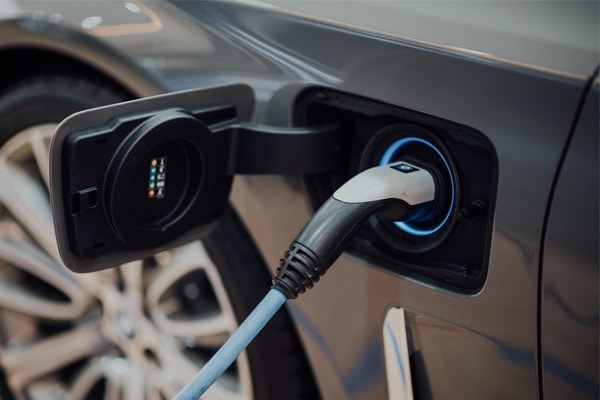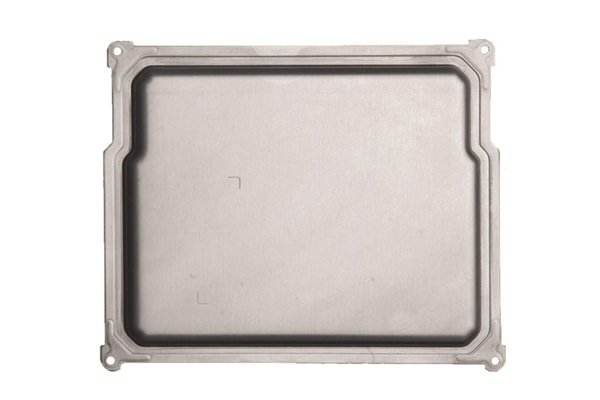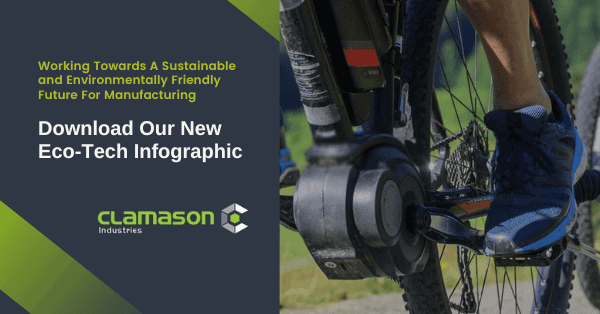The automotive landscape is changing. A tectonic shift is underway as the world quite literally gears up for electric vehicles.
The looming 2030 switchover has prompted – or should that be panicked? – some of the world’s leading automakers into electrifying their offering. Not before time, it could be argued.
They can only do so however with the help of manufacturers, themselves in the midst of evolving their output to serve a burgeoning eco-tech market.
In this article we’ll explain how OEMs and moreover their components, are changing with the times.
Switchover

Long before the UK government drew a proverbial line in the sand for the sale of petrol cars, the popularity of EVs was steadily rising.
In 2018 alone global sales increased by 63%.
Motorists the world over clearly harboured concerns for the environment and the damage vehicle emissions were causing, to whatever degree.
Sensing a revolution of sorts, Ford quickly committed to producing 20 fully electric models by 2023. Volkswagen went even further, promising 70 within a decade. And so practically every other carmaker followed suit.
The benefits of electric vehicles have always been inarguable. A cleaner source of energy, they limit the burning of fossil fuels, tackling global warming head on. That’s before you consider the positive impact they have on air and noise pollution alike.
Hybrid, fully electric and hydrogen powered vehicles are very much the future. But what role will manufacturers play in this cleaner, greener era?
New Demand
A big one, as it happens.
That’s because there will remain a demand for components, only of a different kind.
Metal stampings will continue to be an important method of manufacture. In fact, demand for them is likely to grow.
This is down to the fact that electric vehicles, while not wholly original on the surface, differ quite dramatically beneath it.
The underbody of these vehicles is already different from a standard petrol car and will only evolve further, requiring alternate platform stampings as a result.
While carbon fibre parts provide a viable alternative in this respect, they come with higher costs which greatly diminishes their appeal to automakers.
As such, metal stampings are here to stay.
Their strength-to-weight ratio will lend itself to the likes of battery enclosures, charger boxes, press pin terminals, engine management control housings and the like… all fundamental to the cars of the future.
Furthermore, new tech, not necessarily wedded to electric vehicles, will be dependent on them also. Keyless ignition systems will require precision metal stampings, as an example.
The fact is there will never not be a clamour for lightweight, high tensile structural components.
How?

So how exactly are manufacturers aiding the transition to designing components for these new technologies? In several ways, actually.
The leading businesses, Clamason Industries among them, are being proactive, identifying innovative solutions, including but not exclusive to stamping processes.
They are investing seriously into research and development, embracing electric vehicle and autonomous vehicle technologies on a bigger scale than ever before.
Many are implementing the latest tooling techniques in order to provide clients with a competitive advantage.
Where possible, they are reducing the amount of time spent in this stage, despite parts themselves arguably becoming more complex. Faster turnaround times are facilitated by progression tooling, allowing for the production of millions of parts per year.
Stamping simulation is also playing its part, allowing for greater certainty and reducing the number of iterations required.
A growing number of manufacturers are now acquiring different types of press to satisfy changing requirements. Single operation presses are being invested in while high-speed metal stamping machines have never been more sought after, due not just to their speed but precision and intricacy.
Sure enough, electric vehicles will bring with them a need for critical tolerances. Manufactures are therefore moving furtherer towards light weighting, adopting aluminium or even thinner materials, this in the knowledge that reducing weight is THE key to extending range – perhaps the biggest drawback of EVs as things stand.
In addition to the pressing process Clamason has invested in class leading cleaning technology (ATC100) to allow parts to be cleaned to a very high standard which is becoming more important!
With more and more electronics in vehicles it’s critical that components are free of metallic and non-metallic particles that could cause a potential failure in the field. Clamason’s trademarked ATC100 process is capable of cleaning components with a maximum particle size of 100um, which significantly reduces the risk of potential failures for their customers.
Then there is an emphasis on longevity. The eco-tech sector is built on sustainability so engineering firms are now seeking to ensure their components endure longer than ever, reducing waste in the process.
Others are striving to offer a full-service solution, saving companies the hassle of transport and between production stages – along with the logistical emissions associated with that. Again, Clamason tick that particular box, providing support from concept through to industrialisation.
Elsewhere a growing number of manufacturers are showing versatility, embracing materials and thicknesses previously foreign to them in order to be of service and value.
Clamason
As mentioned, Clamason are at the forefront of the booming eco-tech sector, channelling most of our management and investment into this area since 2019.
In the space of three short years, we have assisted a number of clients in the delivery of products earmarked for e-mobility as well as electrification and hybrid.
In the case of the latter, we have enjoyed great success producing aluminium covers intended for inverters. Typically sized between 0.5mm and 2mm, they are born from progression tools in presses of up to 3000m. They have been supplemented by the likes of busbars and shields used for a similar purpose.
On the e-mobility front we have perfected a key structural component proven to hold the motor and pedal assembly within a bike frame. The deftness of the aluminium in no way compromises the strength of the component itself.
These case studies show how we have broadened our skillset and expanded our output to match growing demand.
Rather than a threat, eco-tech presents an opportunity for manufacturing. An industry that has adopted the likes of automation and digitisation to great effect in the last 20 years, it is no stranger to change.
Now it must assist the automotive industry as it undertakes its biggest reset in decades. Together, we can ensure the transition to electric vehicles is a smooth and advantageous one.

